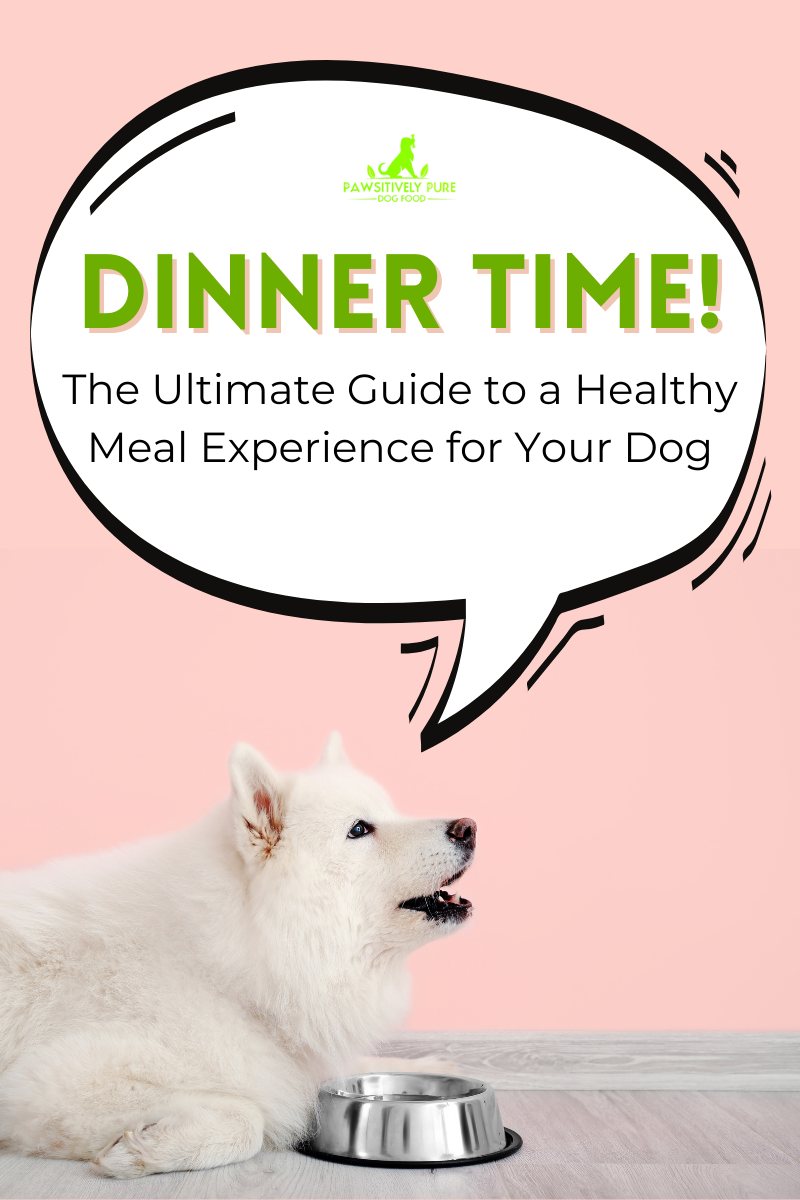Change Is Hard for Everyone
Moving can be stressful. Whether you’re moving down the road or across the country, and whether you’re moving for a new job, to be closer to friends and family, or to get settled in a larger or smaller space, there are so many tasks to check off your list along the way. If you have a dog coming along with you, it should come as no surprise that you’ll need to make additional considerations to keep them safe and happy along the way.
Even if your move is under happy circumstances, adapting to a new situation can be difficult. The very same goes for your dog! Your furry friends become familiar with and even attached to their homes over time. When you move to a new location, they’ll need to re-learn their routines and acclimate to new safe spaces for life to continue on as normal. The good thing is that you and your dog can learn to adapt to these changes together with some easy-to-implement tips.
How to Keep Your Dog Safe and Healthy While Moving
Keep Safe Spaces Intact Before You Move
Staying organized while you move can be difficult! We’ve all been there – after the second or third day of packing, it might look like a tornado hit your home. While you’re packing up, do your best to make sure a few of your dog’s favorite safe spaces stay intact and their favorite toys and comfort items are easy to reach. Don’t use these spaces as staging areas, either – do what you can to leave them alone.
It’s also a good idea to introduce your dog to all of your moving materials ahead of time so they can make a positive connection with them. All those strange boxes can be scary to your dog so you want to make sure they have the chance to sniff them out with lots of positive reinforcement.
Get Your Travel Plans Set in Stone
Depending on how far you’re moving, you may be driving or you may need to take a plane to reach your destination. Traveling is often the most stressful part of the trip for your dog, so you’ll want to prepare for this part well ahead of time. If you’re taking a road trip, be sure you have your dog’s travel kennel set up with access to fresh water and plenty of comfort items; if they don’t use a travel kennel, ensure you have the right safety harnesses etc. to keep them secure during a long ride. Schedule in adequate time for potty and food breaks along the way.
Taking a flight with your dog is a whole different situation. Your chosen airline will have specific guidelines for how to pack up your dog and bring them with you. Talk to your vet before you embark on your journey, and do everything in your power to make your dog comfortable on this unfamiliar vessel.
Establish a Care Team at Your New Location
You don’t want to wait until disaster strikes to have a vet available for your dog. Before you arrive, research the best vets in your new location and see if they might be available for a phone or online consultation. Additionally, get familiar with the pet laws at your new space. You’ll want to know if you have any different licensing requirements or even breed restrictions in your new region. You should also microchip your dogs if you haven’t already done so, and get adequate identification tags for them.
Routines Are Your Friend
Dogs are creatures of habit, as you probably know by now. They thrive when they have the same routine for their walks, meal times, bedtime routines, and so on. Do your best to stick with that routine even though you’ll be doing it in a different location! It will probably take you some time to lay out your new space, but do your best to set up their feeding space in a similar location to where it was in your old house.
Walks are particularly important, too. Keep up with your dog’s regular walking schedule and give them the opportunity to explore all the new sights and smells of your new neighborhood. Taking in regular exercise will also help your dog expend extra energy, giving them more motivation to sleep soundly in the evening. Don’t forget to pepper in regular play time for your dog, too – their favorite toys will give them the added benefit of extra comfort!
Don’t Refresh Everything Too Quickly
A fresh start can be so exciting, and it can be very tempting to get all new everything the minute you get situated in your new space. But with your dog already having to put in work to get acclimated to a new environment, you don’t want to force them to get used to a whole new set of smells, as well. Your old furniture can be a source of comfort for your dog, so do what you can keep it around for at least a couple of weeks. If possible, upgrade to new equipment a little bit at a time while your dog gets used to everything.
Act With Patience and Kindness
Moving can be hard on everyone and is absolutely a source of anxiety for your dog. Don’t get upset if you notice your dog falling back into old habits like separation anxiety or chewing. Show your dog lots of affection when they need it, but make sure you’re not presenting any anxious behaviors of your own, or you might reinforce their stress habits. You and your dog can both be sources of love and care for each other as you adjust to this new situation!
Moving Can Be Positive With the Right Preparation
Preparation is helpful in just about every new journey – moving included! Take the time to consider your dog’s needs and emotions along every step of the way and you’ll both be better for it. Be sure to stock up on plenty of healthy treats for the trip and for positive reinforcement when you arrive. Head to our online shop and get your dog’s favorite flavors before you depart!


